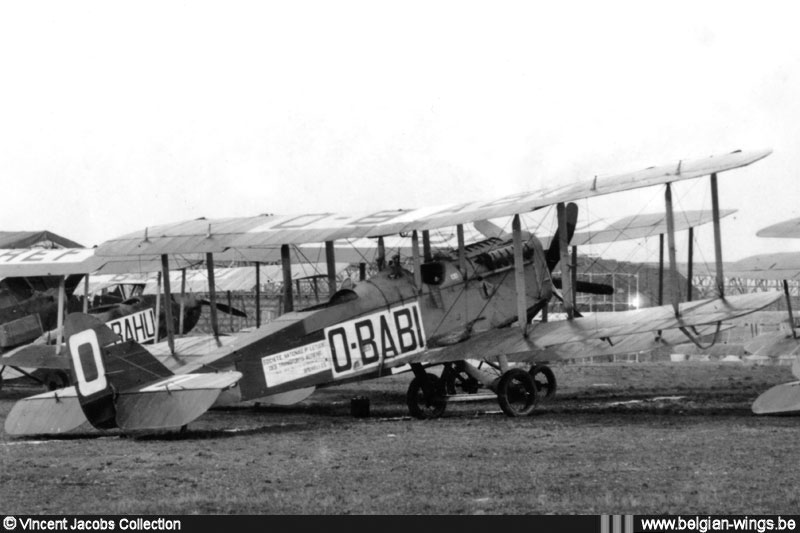Crash of a De Havilland DH.34 in Croydon
Date & Time:
Aug 30, 1923
Registration:
G-EBBQ
Survivors:
Yes
Schedule:
Croydon - Brussels
MSN:
27
YOM:
1922
Crew on board:
0
Crew fatalities:
Pax on board:
0
Pax fatalities:
Other fatalities:
Total fatalities:
0
Circumstances:
Crashed shortly after takeoff from Croydon Airport, en route to Brussels. There were no casualties. The aircraft was damaged beyond repair.





